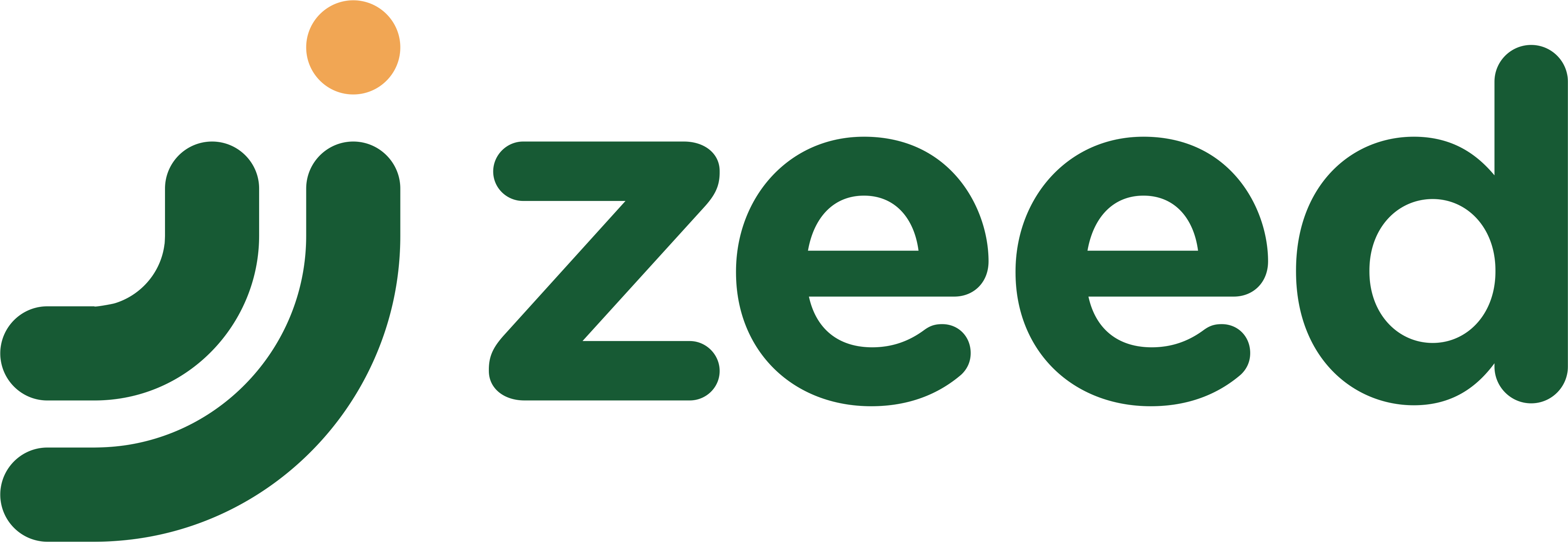Business
-

Profit Sharing or Usury? Know the Difference from the Start
Have you ever heard someone say, “Relax, this is a sharia investment. The profit sharing system, not interest.” It sounds really sweet, like it’s definitely halal, safe, and blessed. But… wait a minute. Are all those who claim to “profit sharing” automatically free from usury? Not necessarily. Because in fact, there are so many investment practices that claim to be…
Read More » -

Define Moral in Islam: Not Just Ethics
Have you ever thought about what the meaning of “morals” in Islam really is? Maybe the first thing that comes to mind when you hear the word morals is an attitude of patience, honesty, or friendliness towards others. Many people think that as long as we behave well and do not hurt others, we already have noble morals. But, are…
Read More » -

Patience as a Virtue of a Muslim Investor
Patience is a mental anchor that determines ones success or failure in the world of investing not just a tactic. Patience has two qualities for a Muslim investor: it protects against market swings and reflects Islamic morality and faith. One of the fundamental virtues of Islam praised by Allah ﷻ and the Prophet Muhammad ﷺ is patience (sabr) which is…
Read More » -

The Urgency of Real Sector Investment in Islam
Since it represents concrete economic activities like production, trade and services, the real sector forms the basis of any economy. From an Islamic standpoint, real sector investments are not only welcomed but also seen as being more in line with Shariah values which place a strong emphasis on expediency, sustainability and justice. Unlike the speculative instruments found in the traditional…
Read More » -

The Urgency of Having a Long-Term Vision in Investing
In today’s unpredictable economic environment investing with a long-term vision is not only a strategy but a need. Investors frequently feel pressured to respond to daily fluctuations in the market particularly when news headlines exacerbate anxiety. Short-term responses however usually cause more harm than good over time. Investors can avoid emotional blunders stay focused on their long-term financial objectives and…
Read More » -

The Urgency of Fulfilling Terms and Conditions in Islamic Business Partnership Contracts
One of foundations of Islamic finance is business contracts like mudharabah and musharakah. These contracts depend on openness, trust and rigorous adherence to terms and conditions that have been agreed upon by both parties. According to Islamic jurisprudence upholding these terms is mandatory and has a direct impact on the legitimacy of the contract as well as the equitable allocation…
Read More » -

Islamic Guidance During the Layoff Storm
Several industries around the world including Indonesia have experienced waves of layoffs in recent years. In addition to creating economic anxiety this phenomenon has impacted social and psychological stability. Islam as a comprehensive religion provides answers and direction for Muslims to weather the storm of layoffs with peace and hope during such uncertain times with these tips: Relying on Allah…
Read More » -

How to Calculate and How to Pay Zakat on Gold as Investment?
One of the zakat that needs to be paid is on gold and silver. So, if these two precious metals havereached the nishab and haul (one year of ownership) then the owner is obliged to pay zakat. In thecontext of gold zakah, what is required is investment gold, not jewellery gold. Why is gold and silver subject to zakah? Islam…
Read More » -

Trading? Is It Permissible in Shariah?
Within the contemporary financial world trading has grown in popularity whether it be in stocks forex or cryptocurrencies. For Muslims however the question of whether trading is allowed by Shariah or Islamic law is crucial. To give readers a thorough grasp of the subject this article examines whether trading is acceptable in Islam by citing a number of Islamic sources…
Read More » -

The Way for Turning Work into a Source of Reward in Ramadan
Forgiveness and blessings abound during the month of Ramadan. Muslims are urged to increase their social worship—such as working with good intentions—as well as their ritualistic worship—such as prayer reading the Quran and fasting. If done with the correct mindset and in accordance with Islamic teachings work can be an act of worship in addition to being a way to…
Read More »

